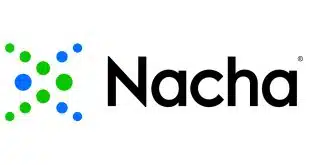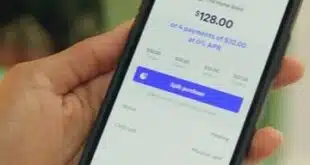Apple Inc.’s latest financial product, a buy now, pay later service called Apple Pay Later, has yet to arrive, though the iPhone operating system it was expected to require launched Sept. 12.
Why is that? One Bloomberg columnist suggests Apple Pay Later, which was announced in June, may not arrive until 2023. His argument for that rests on Apple’s statement that other delayed features of the new iPhone operating system, iOS16, will be coming later this year, though the statement left out a timeframe for Apple Pay Later.
“This leads me to believe that the company isn’t completely certain when Apple Pay Later will be ready for launch,” Bloomberg’s Mark Gurman, says in a post. “It’s possible the feature won’t arrive until iOS 16.4 in the spring. I’m hearing there have been fairly significant technical and engineering challenges in rolling out the service, leading to the delays.”

What’s really going on is anyone’s guess. Apple did not respond to a Digital Transactions News inquiry.
Apple Pay Later will work as do many other BNPL services, with purchases divided into four equal payments over six weeks, though Apple intends to self-finance its service. Apple Pay Later will use Mastercard Inc.’s installment infrastructure, enabling merchant acceptance with no integration requirements.
A delay in launching Apple Pay Later may not be as detrimental as it sounds. “There’s still an opportunity to make a splash even if it’s delayed,” Sheridan Trent, director of marketing intelligence at The Strawhecker Group, tells Digital Transactions News. “This is Apple. They have very loyal customers. They’ve obviously got significant market share when it comes to people’s phones and how they use it.”
A technical issue could be why Apple Pay Later is yet to come, she says. Or perhaps the prospect of impending regulation may be the holdup. Earlier this month, the Consumer Financial Protection Bureau released a report on buy now, pay later services that offered a regulatory outline, but no sweeping overhaul. “We’re kind of in a regulatory confusion here,” Trent says. “But it looks like there will be some kind of regulation coming. It’s hard to say.”
If Apple is waiting that out, the delay could be a while, given the typical pace of regulatory implementations. “If it’s driven by regulation, it might be more than a year,” she says. “It may not.”
While consumers have plenty of BNPL options, Trent doesn’t think a delayed entry for Apple Pay Later will harm it, though it means the service could miss out on the upcoming holiday-shopping season. “We’ve seen from past behavior that people really like BNPL,” she says. She acknowledges that Apple wants to offer a quality product, but the holiday-shopping season is prime for BNPL use.
“I don’t think there’s a significant disadvantage to that,” says David Morris, principal analyst at Insider Intelligence, a New York City-based research firm. Yes, competitors can use the time to advance their positions, and there could be a downside in that regard, he says. “But that does not discount the competitive advantages that Apple will still have,” Morris says, such as Apple Pay, the Apple Pay user ecosystem, and other strengths.
And perhaps Apple held up on releasing Apple Pay Later to let the regulatory landscape clear up a bit. “There are some unresolved regulatory issues that Apple Pay Later may actually benefit from stepping in a few months later, given the quick pace the CFPB has taken in assessing the issues of concern,” Morris says. “It may be a in a position to step into BNPL lending with a clearer regulatory framework.”





